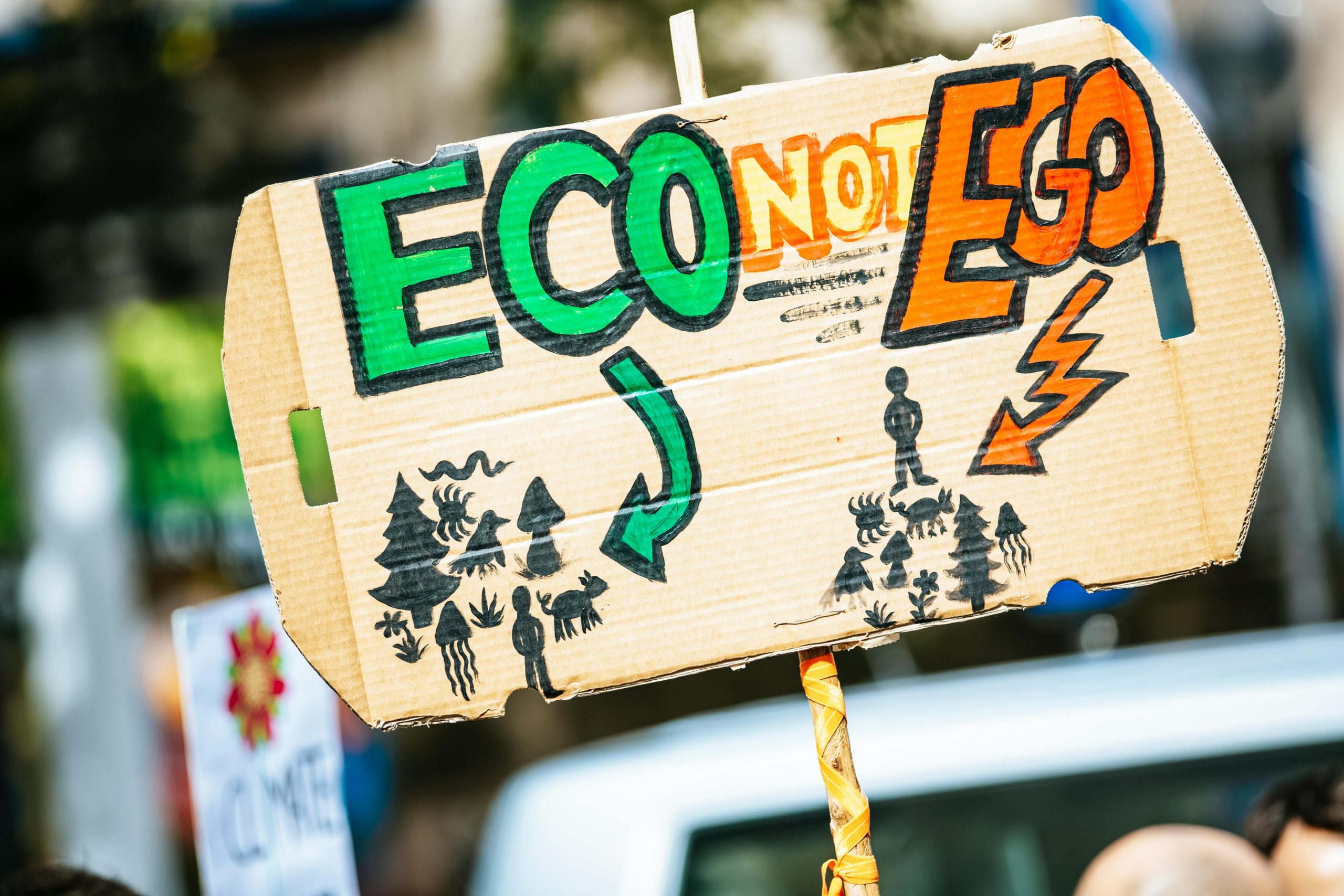Climate change is one of the most pressing challenges of our time, threatening ecosystems, economies, and communities worldwide. As global temperatures rise and extreme weather events become more frequent, the need for sustainable solutions has never been greater. Fortunately, green technologies are emerging as powerful tools in the fight against climate change, offering innovative ways to reduce carbon emissions, conserve resources, and transition to a cleaner future. From renewable energy to carbon capture, these advancements are revolutionizing how we address environmental crises.
Renewable Energy: Powering a Sustainable Future
The shift from fossil fuels to renewable energy sources is at the heart of the green technology revolution. Solar, wind, and hydropower are leading the charge, providing clean alternatives to coal and oil. Solar panels, for instance, have become more efficient and affordable, making them accessible to households and businesses alike. Wind turbines, both onshore and offshore, harness natural wind patterns to generate electricity without emissions. Hydropower remains a reliable source, especially in regions with abundant water resources.
Beyond these, emerging technologies like tidal and geothermal energy are gaining traction. Tidal energy captures the power of ocean currents, while geothermal systems utilize heat from the Earth’s core. Together, these renewable sources are reducing reliance on fossil fuels and cutting greenhouse gas emissions significantly.
Energy Storage and Smart Grids: Enhancing Efficiency
One of the biggest challenges with renewable energy is its intermittency—the sun doesn’t always shine, and the wind doesn’t always blow. This is where energy storage solutions like advanced batteries come into play. Lithium-ion batteries, for example, store excess energy generated during peak production times for use when demand is high. Innovations in battery technology, such as solid-state batteries, promise even greater efficiency and longer lifespans.
Smart grids further optimize energy distribution by using AI and IoT (Internet of Things) to monitor and adjust electricity flow in real time. These grids reduce waste, improve reliability, and integrate renewable sources seamlessly into existing infrastructure. By balancing supply and demand dynamically, smart grids ensure that green energy is used to its fullest potential.
Carbon Capture and Storage: Mitigating Emissions
While transitioning to renewables is essential, some industries still rely on carbon-intensive processes. Carbon capture and storage (CCS) technologies offer a way to mitigate these emissions by trapping CO2 before it enters the atmosphere. CCS systems can be installed at power plants or industrial facilities, capturing carbon dioxide and storing it underground or repurposing it for other uses, such as in construction materials.
Direct air capture (DAC) takes this a step further by removing CO2 directly from the ambient air. Though still in its early stages, DAC has the potential to reverse some of the damage already done by decades of pollution. When combined with reforestation and other natural solutions, these technologies can help restore balance to the planet’s carbon cycle.
Sustainable Transportation: Reducing Fossil Fuel Dependence
The transportation sector is a major contributor to global emissions, but green technologies are transforming how we move. Electric vehicles (EVs) are becoming increasingly popular, with advancements in battery technology extending their range and reducing charging times. Public transportation systems are also going green, with electric buses and trains replacing diesel-powered counterparts.
Beyond electrification, alternative fuels like hydrogen are gaining attention. Hydrogen fuel cells produce only water as a byproduct, making them a zero-emission option for heavy-duty vehicles and even airplanes. Meanwhile, urban planning innovations, such as bike-sharing programs and pedestrian-friendly cities, are reducing the need for car travel altogether.
Circular Economy and Waste Reduction
Green technologies aren’t just about energy—they also address waste and resource management. The circular economy model emphasizes reusing, recycling, and repurposing materials to minimize waste. Innovations like biodegradable plastics, composting technologies, and advanced recycling methods are helping industries reduce their environmental footprint.
For example, companies are now using AI to sort and process recyclables more efficiently, while new materials like mycelium-based packaging offer sustainable alternatives to traditional plastics. By closing the loop on waste, these technologies ensure that fewer resources are extracted and less pollution is generated.
Conclusion
The fight against climate change demands bold and innovative solutions, and green technologies are rising to the challenge. From renewable energy and smart grids to carbon capture and sustainable transportation, these advancements are reshaping industries and reducing humanity’s environmental impact. While the road ahead is long, the progress made so far offers hope for a cleaner, greener future. By embracing and investing in these technologies, we can turn the tide on climate change and create a sustainable world for generations to come.
